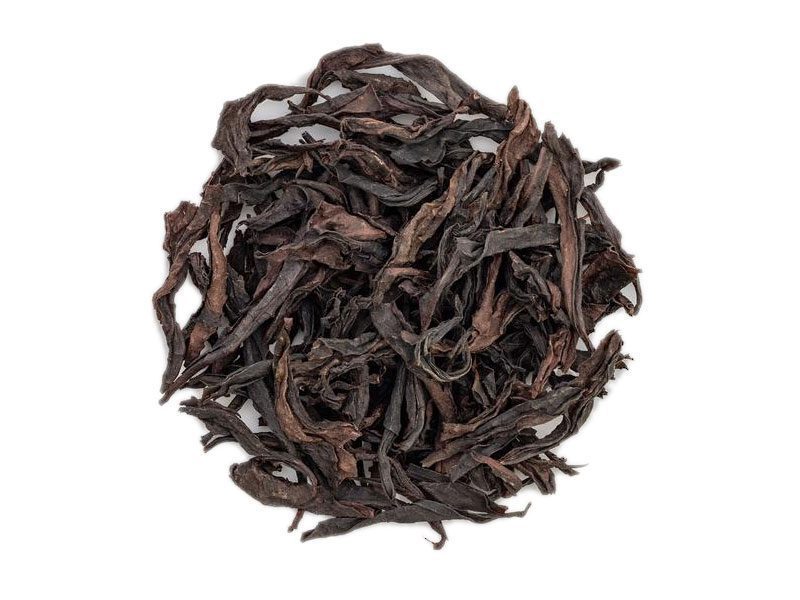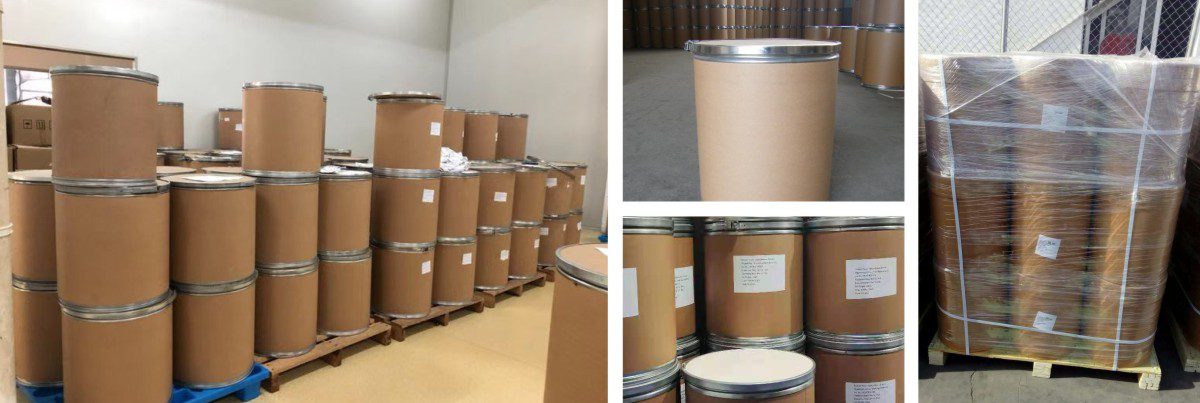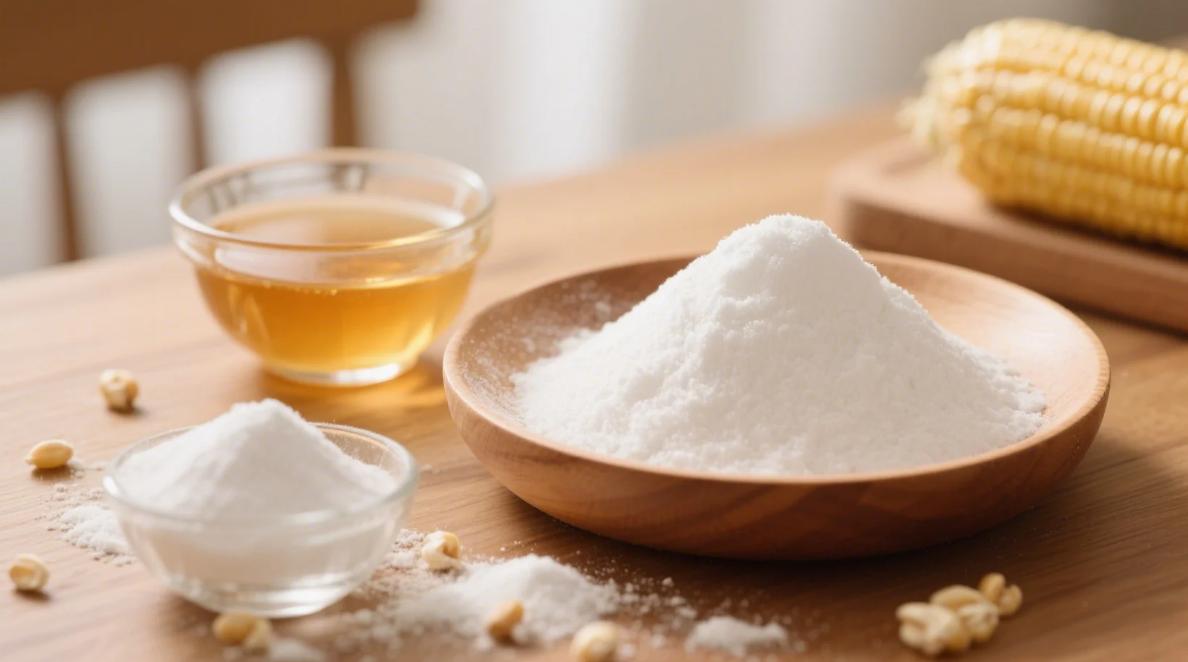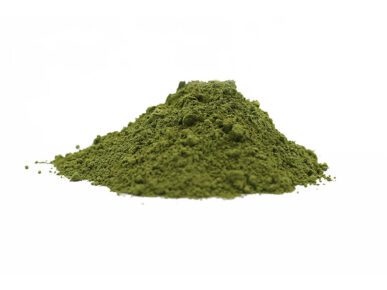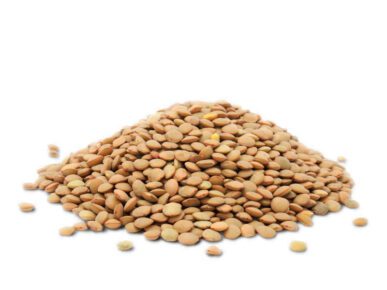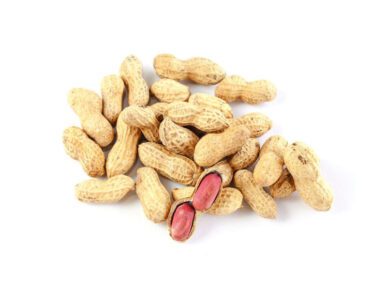Oolong is a traditional Chinese tea (Camellia sinensis) produced through a unique process including the withering of the plant under the strong sun and oxidation before curling and twisting. Most oolong teas, especially those of fine quality, involve unique tea plant cultivars that are exclusively used for particular varieties. The degree of oxidation can range from 8 to 85%, depending on the variety and production style. Oolong is especially popular with tea connoisseurs of south China and Chinese expatriates in Southeast Asia, as is the Fujian preparation process known as the Gongfu tea ceremony.
Different styles of oolong tea can vary widely in flavor. They can be sweet and fruity with honey aromas, woody and thick with roasted aromas, or green and fresh with bouquet aromas, all depending on the horticulture and style of production.[1] Several types of oolong tea, including those produced in the Wuyi Mountains of northern Fujian, such as Da Hong Pao, are among the most famous Chinese teas. Different varieties of oolong are processed differently, but the leaves are usually formed into one of two distinct styles. Some are rolled into long curly leaves, while others are ‘wrap-curled’ into small beads, each with a tail. The former style is the more traditional of the two in China.
The name oolong tea came into the English language from the Chinese name (simplified Chinese: 乌龙茶; traditional Chinese: 烏龍茶; pinyin: wūlóng chá), meaning “black dragon tea”. In Chinese, oolong teas are also known as qingcha (Chinese: 青茶; pinyin: qīngchá) or “dark green teas”.
The manufacture of oolong tea is intricate because some of the basic steps involved in its making are repeated many times before the desired amount of bruising and browning of the leaves is achieved. Withering, rolling, shaping, and firing are similar to black tea, but much more attention to timing and temperature is necessary. One last step, baking or roasting, is exclusive to oolong tea and is referred to as the real art of making this tea.
